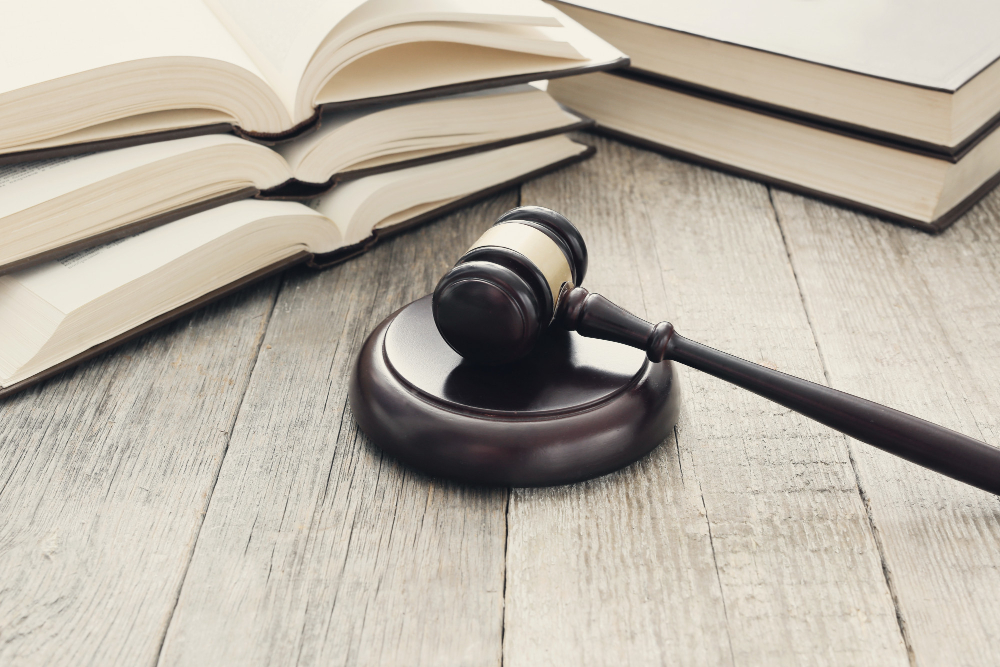Preventive Relief and Discretionary Power of Courts: Balancing Justice and Equity

The judicial system serves as the bastion of justice, aiming not only to adjudicate disputes but also to prevent injustices from occurring. Central to this ethos is the concept of preventive relief, wherein courts wield discretionary powers to proactively intervene, forestalling potential harm and safeguarding rights before irreparable damage ensues.
Understanding Preventive Relief
Preventive relief embodies the essence of equity, enabling courts to issue injunctions, stay orders, and other remedies to prevent harm or maintain the status quo. Unlike compensatory relief that addresses past harm, preventive relief operates in the realm of future possibilities, seeking to avert potential violations of rights, property, or legal interests.
This form of relief finds its roots in the maxim “prevention is better than cure,” underscoring the significance of nipping legal transgressions in the bud. It serves as a vital tool in cases involving contractual breaches, infringement of intellectual property rights, environmental concerns, and beyond, enabling courts to step in before irreversible harm occurs.
Discretionary Power of Courts
At the heart of preventive relief lies the discretionary power bestowed upon courts. This discretionary authority grants judges the flexibility to assess each case on its merits, weighing the equities involved and rendering decisions that uphold fairness and justice. However, this discretionary power isn’t absolute; it must be exercised judiciously, guided by established legal principles and precedents.
Courts exercise discretion by considering various factors, including the urgency of the matter, the balance of convenience between parties, the probability of success in the underlying case, and the potential harm or irreparable injury that could result without the issuance of preventive relief.
Balancing Act: Justice vs. Fairness
The application of preventive relief and the exercise of discretionary power require a delicate balance between ensuring justice and fairness for all parties involved. On one hand, courts must uphold the sanctity of rights and protect against potential harm; on the other, they must avoid overreaching and impeding legitimate activities or interests.
This balancing act often necessitates a nuanced approach, wherein judges meticulously weigh the potential consequences of their decisions. Striking this balance involves an in-depth analysis of legal principles, the factual matrix of the case, and the overarching goal of equitable resolution.
Challenges and Controversies
The discretionary nature of preventive relief can sometimes lead to controversies and challenges. Critics argue that the wide discretion accorded to judges might result in inconsistent rulings or even judicial activism, where courts overstep their boundaries. Additionally, concerns arise regarding the potential for misuse or abuse of this discretionary power, leading to unjust outcomes.
Conclusion
Preventive relief, coupled with the discretionary power of courts, forms a crucial pillar of the judicial system. It serves as a proactive mechanism to avert potential injustices, emphasizing the judiciary’s role in preserving rights and maintaining the rule of law. However, the exercise of this power demands prudence, meticulous consideration, and adherence to legal principles to strike a balance between justice and fairness.
In essence, the discretionary power vested in courts to provide preventive relief underscores the judiciary’s commitment to not just rectifying past wrongs but, crucially, preventing future ones—a testament to the evolving nature of justice in our society.









